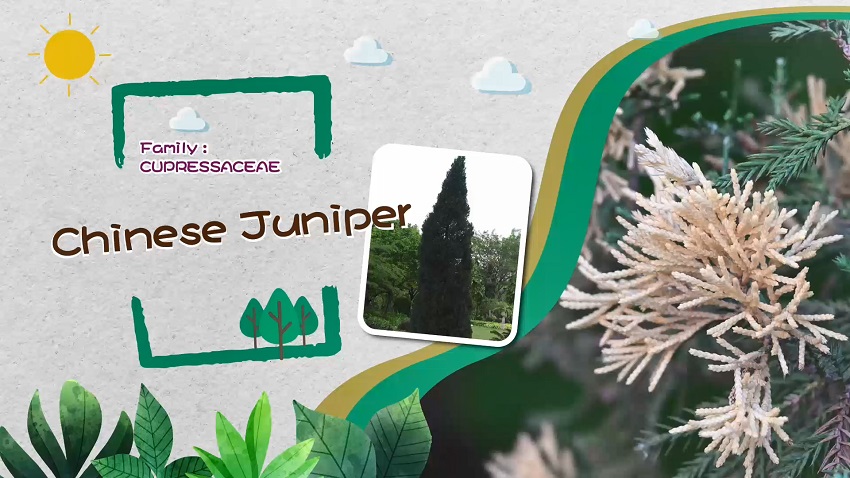| Origins | China, hence the species epithet in its scientific name is “chinensis (of China)”. Distribution can also be found in Japan, South Korea, Myanmar and East Russia. |
|---|---|
| Applications | The wood of the Chinese Juniper possesses a unique fragrance. Besides, it is sturdy and resistant to decay. As a result, not only can it be made into stationary and artisanal goods, but also as a raw material for construction and furniture. Additionally, its roots, trunks, branches and leaves can be applied to extract the raw materials of cedrol and cedar oil. Lubricating oil can be extracted from its seeds. Applied in Traditional Chinese Medicine, the leaves and branches of the Chinese Juniper can dispel wind and cold, promote blood circulation and detoxify the body. The Chinese Juniper is also a common ornamental plant and street tree. Since its branches can be easily shaped into various forms through pruning, it has a high aesthetic value. |
| Cultivars | Numerous cultivars of Chinese Juniper exist. In Hong Kong, the most common one is the Dragon Juniperus Juniperus chinensis L. ‘Kaizuca’. It has a unique tree form that a crown is cylindrical to a columnar tower in shape, with branches often twisted when growing upward, looking like a group of lively green flames. It also resembles a dragon soaring through clouds and mist, hence giving it the name “Dragon Juniper (龍柏)” in Chinese. Its blue female cones are slightly covered with a whitish powdery coating, making it very eye-catching! Additionally, the cultivar Golden Chinese Juniperus Juniperus chinensis L. ‘Aurea’ is occasionally seen in Hong Kong. Its scalelike leaves are initially golden yellow. |


















